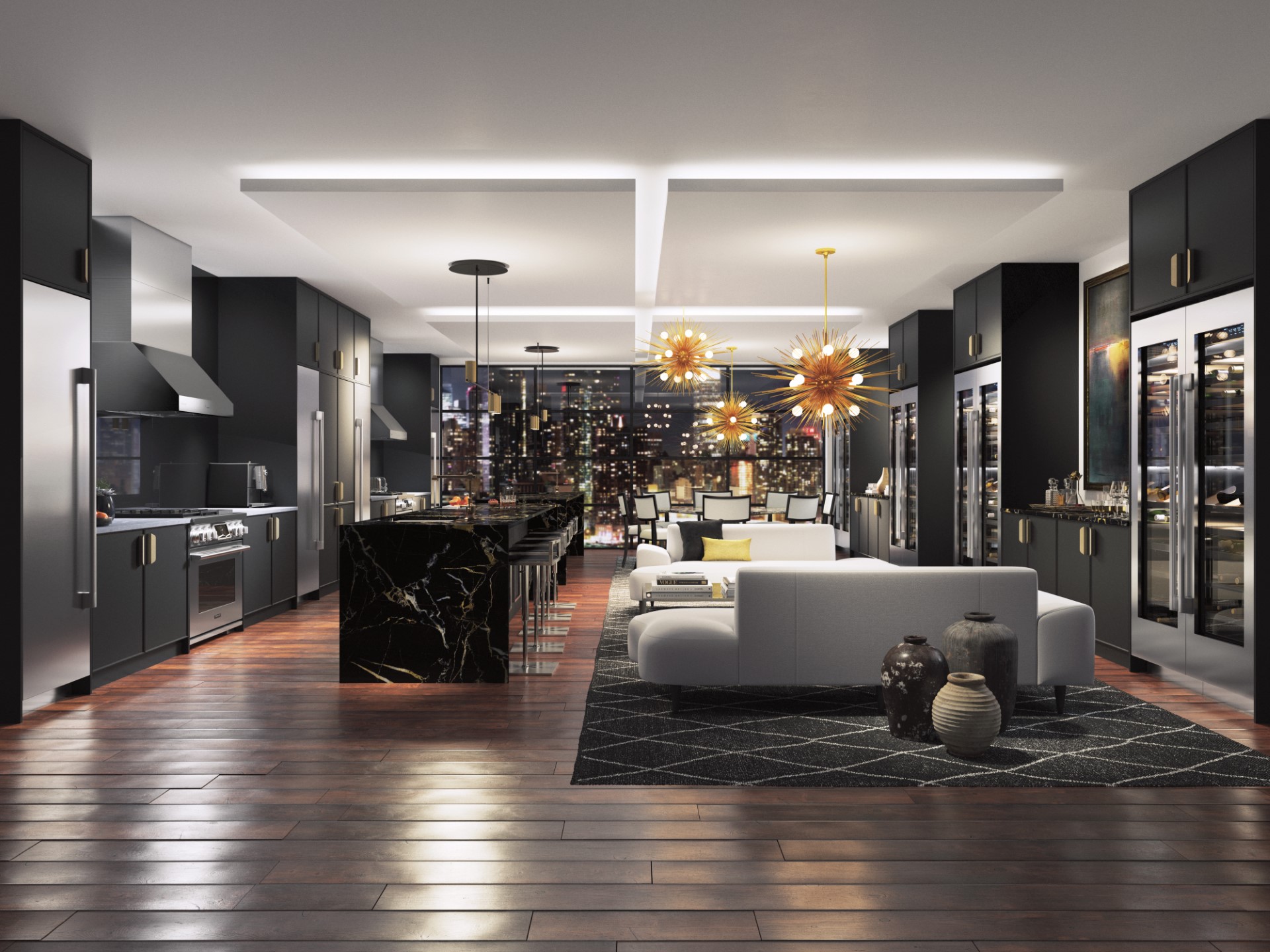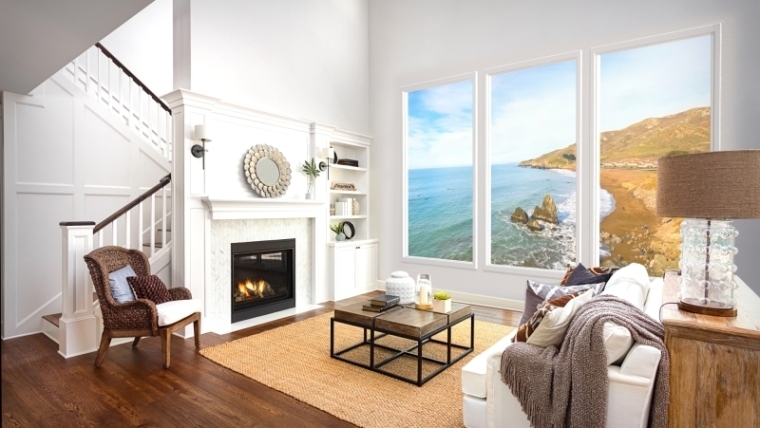
Joan Ravasy of Joan Ravasy Design LLC
Joan Ravasy is the president of Joan Ravasy Design LLC, a boutique firm based out of New York City specializing in creating luxurious yet affordable spaces for both residential and commercial clients. Prior to creating her own firm, Joan was Director of Interior Design for Bloomingdales.
Connected Design sat down with Joan to learn more about her design style and her journey in the industry.
Connected Design: How would you describe your design style?
Joan Ravasy: I would describe my design work as a ‘travelled look’ pulling from a global aesthetic creating depth and character to a space, preferring natural materials, textures, and authentic patterns. In essence, though, I wish to make my clients vision come true with refinement and otherworldly experiences when walking into their home.
CD: Who in the industry inspired you?
JR: From my early days of studying interior design there were several people; Juan Montoya (who was one of my professors) taught me to be meticulous, spare, and thoughtful in my designs. To think of yourself as a tailor to your clients creating their vision and making it a reality. Then, in my early days as staff designer then Director of Interior Design at Bloomingdales, I reported to Marvin Traub and Carl Levine. We created fantastical model rooms and managed 26 thousand square feet of selling floor. This experience trained me in project management, resourcefulness, and budgeting.
CD: What are factors you consider when designing a space?
JR: I consider the budget, the architecture, my client’s needs and ideas, and then I envision the space in my mind’s eye completely done, and then work backward to make it a reality.
CD: How do you reconcile what design clients see on social media with what is realistically possible?
JR: My clients go to the internet for ideas and images. It helps them to visualize. I look at this as an advantage so they can see what a material or image looks like before we specify it. As to being realistic, I have found in this time, anything is possible, so in fact everything is realistic. But you must think it through and design it.
CD: What is your strategy for integrating technology into a space you are designing?
JR: This is important. I call in a specialist in their field and include the client in all discussions. The level of technology is up to the client. We educate them and let them know what is available for their project. Integrating technology into the built space starts at the very beginning and is most successful in either a new build, or a complete renovation of raw space. These are conversations that must happen right away and continue as the project moves toward completion. Bringing all of the appliances, lighting, sound, and other controls online is key to having it all at the client’s fingertips. It is an ever-evolving industry, so it is important to integrate the decision making process over the level of tech in the space into conversations with the client.
CD: What is a common obstacle that arises when you are designing a space?
JR: Obstacles always occur on projects. I try to think about them in advance, all the “what ifs.” One challenge is to have the client understand the concepts of the design and scale, and to budget realistically so the project is a success and not over budget.
CD: If you could give someone looking to enter the kitchen, bath, and interior design field a piece of advice, what would it be?
JR: The advice I would give is to educate yourself in a design school, gain credentials with NKBA, and work for a good kitchen and bath designer/showroom, appliance company, design firm, or manufacturer. Gain this knowledge and experience through them, and also attend KBIS trade shows to see the plethora of products available for you to consider when working with your clients on projects. It will help you to be knowledgeable and find your way to your own design aesthetic and capabilities.
CD: What has been your favorite project that you have worked on?
JR: A most recent project completed in Jupiter, Florida for clients I have had for many years and who have an excellent design aesthetic. It is about working together on the design for successful outcomes. Mistakes are expensive and makes the clients unhappy. I was just notified that the project’s custom cabinetmaker used an image of the completed kitchen on their holiday card!



